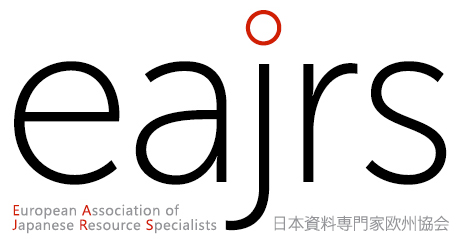![]() Shibutani Ayako
Shibutani Ayako
University of Tokyo. Historiographical Institute. Project Researcher
Nakamura Satoru
University of Tokyo. Historiographical Institute. Assistant professor
Mizukami Takane
University of Tokyo. Historiographical Institute. Assistant Professor
Hirasawa Kanako
University of Tokyo. Historiographical Institute. Project Academic Specialist/ Senior URA
日本史史料の科学研究: オープンサイエンスと国際化の推進に向けて
黒板勝美が日本における近代歴史学の補助学として提起し,以来展開してきた古文書学では,文字情報に留まらない多様な歴史情報を古文書から見出すべく進展してきた。そのなかでも料紙に注目した研究は,古代・中世期の文書を中心に,材料や紙を漉く過程で生じた痕跡などを調査して料紙の種類を特定・分類し,料紙がどのように作られ,利用されてきたのか,その実態から歴史を捉えようとする。古文書をモノとして観察する手法は,歴史学に加えて自然科学や製紙科学,文化財修復などの分野でも関心が高まっており,顕微鏡を用いて料紙の構造を観察・分析する調査が各所で実施されている。
東京大学史料編纂所では近年,顕微鏡画像管理ツールの開発や形態的史料データ管理システムを発展させ,料紙の紙質や使用素材を対象に,考古学・文化財科学との連携や物質構造分析,植物学・ゲノム解析手法,データサイエンス手法を加えた異分野融合による史料分析手法の確立を目指してきている。この取り組みの中で,本所所蔵「島津家文書」やこれまで調査協力を得てきた松尾大社所蔵史料などを対象とした非破壊の調査・分析,物理化学分析の実施に向けた計測環境の整備を進めており,獲得される史料情報や料紙の科学分析等の研究データについては,データ科学・データ駆動科学による分類・分析を試みている。今回はオープンサイエンス時代にある日本史史料の研究として,本所の取り組みを紹介する。
Science of Japanese Historical Materials: Toward Open Science and Internationalisation
Since Katsumi Kuroita proposed palaeography as an adjunct to early modern Japanese history, palaeography has progressed in terms of sourcing various historical information, not limited to textual information, from historical materials. Among these developments, studies on papers used as historical materials have focused on documents from the ancient and medieval periods. Specifically, such research has identified and classified types of papers by investigating the materials and traces involved in the paper-making process and exploring the history of paper materials from manufacture to utilization. Observation methods for historical materials regarded as objects are of growing interest in the fields of natural science, paper-making science, and the restoration of cultural properties, in addition to history, and many surveys are being conducted using microscopes to observe and analyse the structure of papers used as historical materials.
In recent years, the Historiographical Institute (HI) of the University of Tokyo has developed a microscopic image management tool and a morphological historical material data management system and has aimed to establish a method for analysing historical materials by integrating various related fields, such as archaeology and cultural heritage science, as well as material structure analysis, botany and genome analysis, and data science methods, targeting the quality and constituent materials of historical paper-based materials. As part of this activity, HI conducts non-destructive surveys and analyses of HI’s collection of “Documents of the Shimazu Family” and historical materials in the Matsunoo Taisha Shrine collection in conjunction with materials from other cooperating institutions. HI is also attempting to classify and analyse research data acquired using data science and data-driven science, such as historical material information and scientific analysis data pertaining to paper materials. This presentation introduces these activities as a new research perspective on Japanese historical materials in the open science era.
